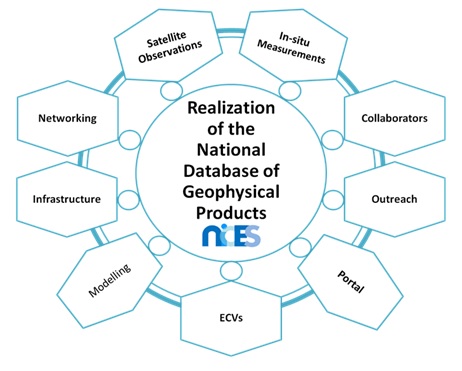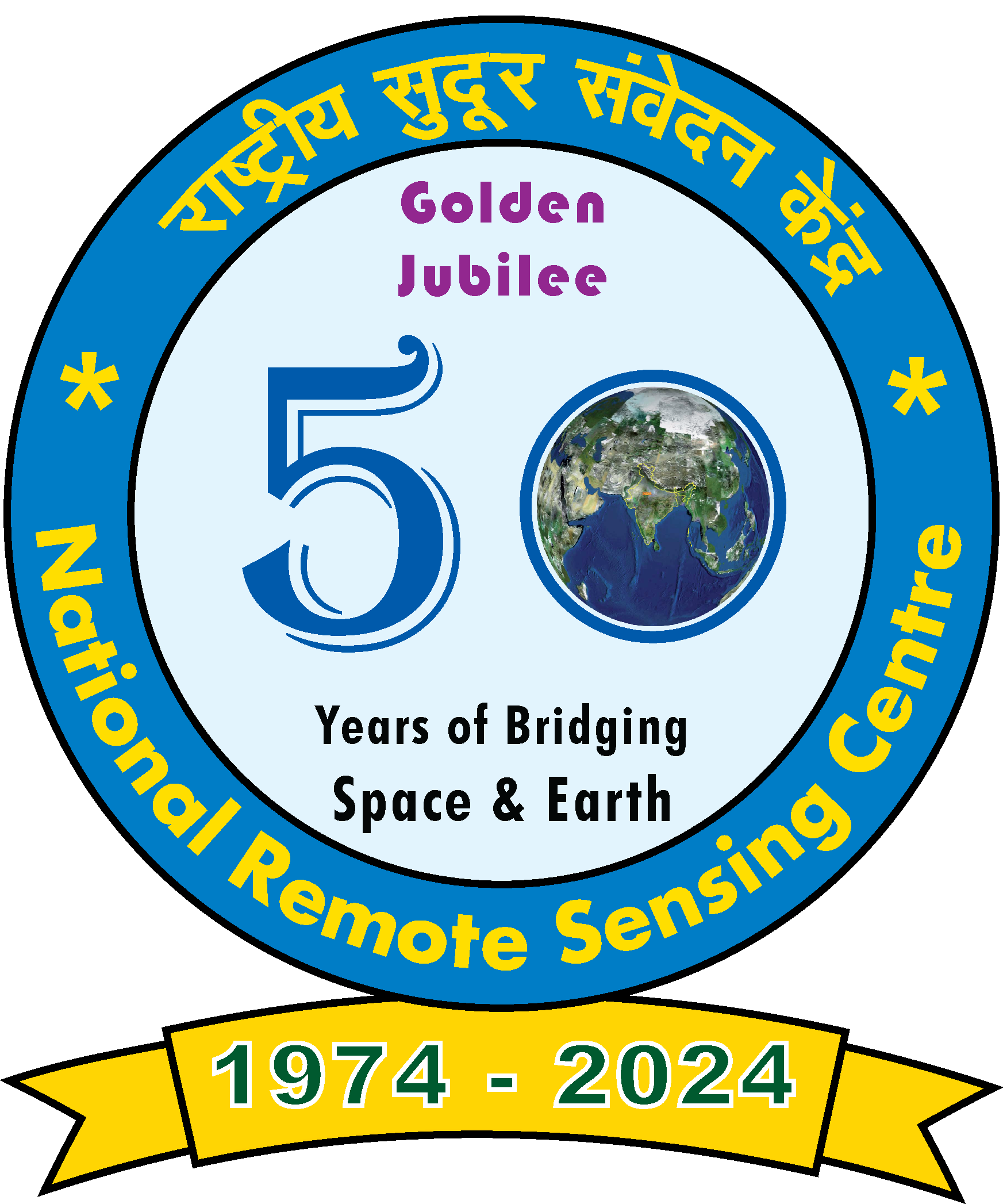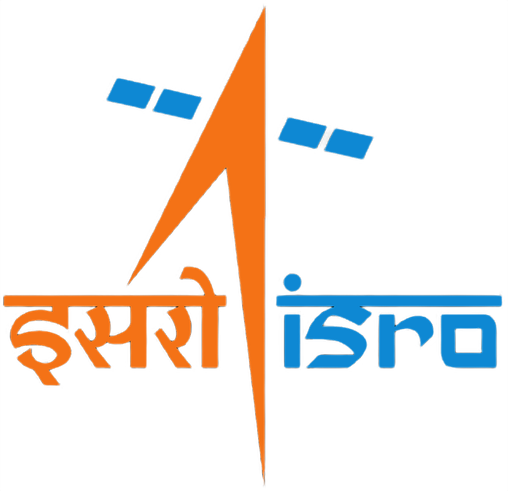Vision
National Information System for Climate and Environment Studies (NICES) was evolved through a series of deliberations among various departments and ministries and culminated in establishing NICES on 28 September 2012. NICES envisages realisation of national level climate database generation, derived from Indian and other Earth Observation satellites from polar and geostationary missions for climate change impact assessment and mitigation. It was established with the active involvement of existing programmes of ISRO viz., ISRO Geosphere-Biosphere Programme (IGBP), EO Science plan, EO applications in environmental studies, along with observational networks relevant to environmental studies across the nation, forming a core database of the NICES.
NICES is a multi-institutional venture with participation of ISRO/DOS centres and other Departments and national Institutions under various Ministries which will help to strengthen the information base with contributions (in-situ observational and model outputs) from the participating organisations. NICES has been functioning under the guidance of NICES-Programme Management Council (PMC) with a composition of members from inter and intra-departmental institutions under the Chairmanship of Director, NRSC.
Objectives
- Establishment and development of linkages with appropriate observational networks, and calibration & validation sites.
- Bio-geophysical parameter retrieval and generation of methodologies for Essential Climate Variables (ECVs) from Indian EO missions.
- Acquisition and processing of international missions’ data for other relevant parameters to support Indian EO ECVs, cal/val experiments and generation of long term data records.
- Generation of spatial & temporal blended ECV products based on Indian and foreign satellites and in situ observations through multi-institutional participation.
- To establish necessary infrastructure including hardware and software for NICES and establishment of NICES portal.
- Development of methodologies to carry out scientific studies with national organisations in using ECVs for impact assessment, adaptation, vulnerability, mitigation, etc.
- To develop outreach and interaction mechanism for effective dissemination and scientific utilization of NICES ECVs and collaboration in the area of climate and environment.

Fig. NICES Components




